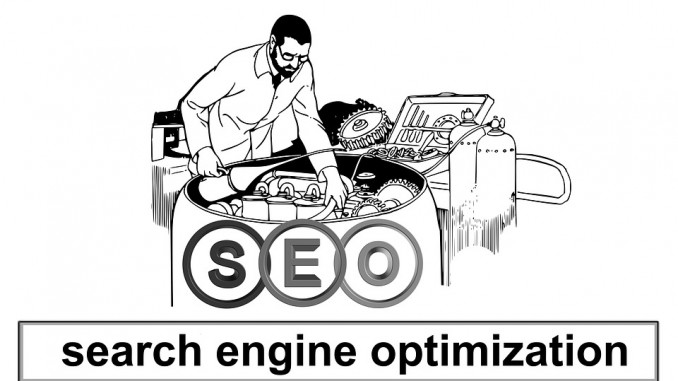
Digital out-of-home (DOOH) advertising is nothing new. But as we see the growing proliferation of programmatic media buying and other marketing technologies, is the format turning a corner?
A new report, Introduction to Digital Out-Of-Home, from Viant suggests so.
‘Attracting audiences and driving brand awareness in high-traffic locations has never been easier – with the right tools and understanding,’ it states.
MediaPost, too, have highlighted the enriching effect programmatic could have on DOOH, forecasting that the market is expected to be worth more than $26B by 2023.
So why is now such a good time for marketers to think about DOOH?
Programmatic targeted ads launched at specific times and in specific places
The crux of Introduction to Digital Out-Of-Home is centered on how programmatic buying is revolutionizing DOOH.
Programmatic is, in the first place, vastly improving the effectiveness of OOH ads. Static ads have always had the power to reach vast numbers of people, but programmatic DOOH can be delivered in real time with multiple ads per display.
Programmatic DOOH is also more agile. Ads can be launched at specific times and refreshed quickly. They can be better targeted for audiences in a specific space at a specific time – across age, gender, region etc. And they can be tweaked to reflect current events.
5G mobile + DOOH enriching the joined-up customer experience
As mobile – and, increasingly, 5G enabled devices – get into the hands of more people, DOOH is becoming far more relevant node on an increasingly targeted customer journey.
It is easier than ever for consumers to make a local or hyperlocal search on their mobile device after being prompted by an OOH ad. Online promotions can also be cross-targeted to DOOH displays in certain locations with mobile users in those same places.
The Viant report explicitly urges marketers to look for a demand-side platform (DSP) which can ‘geofence DOOH displays and retarget mobile devices or other channels.’
In short, relevance and consistency are more achievable with DOOH now than they have ever has been – and both consumers and businesses are benefiting.
Data and attribution providing more clarity on OOH effectiveness than ever before
By virtue of being time and location relevant, DOOH already improves on static one-to-many ads when it comes to understanding their effectiveness.
With sufficient analytics and an intelligent DSP, marketers can measure the impact exposure to DOOH has on driving conversions and store visitation. This can give even more clarity on the attribution of such ads as they sit within the customer journey – and as we’ve already noted, they can be tweaked in a much more agile manner than traditional static ads.
Key questions for choosing a DSP for DOOH
Introduction to Digital Out-Of-Home poses three considerations, with questions to ask, for marketers looking for the right DSP for their DOOH campaign:
One-to-many impression counts and reporting: Can the DSP process some of the data points that SSPs pass that are specific to impressions in the OOH space? Can they use them for dynamic bidding, as well as for reporting in their UI?
Targeting: Can your DSP run media and creative against things like day of week and geo data points that come through in the bid request?
Connectivity to mobile: Can the DSP geofence DOOH displays and retarget mobile devices or other channels? Can the DSP layer on mobile data-driven attribution for store visitation or other metrics?
Takeaways
Programmatic and data technologies, as well as the proliferation of mobile devices, are really helping OOH advertising to play a bigger part in the omnichannel era.
Targeted media buying across times and locations is one clear benefit of DOOH. The format is also a lot more agile than it has been in the past.
When paired with mobile-specific campaigns, DOOH can really improve the customer experience with relevancy across demographics and times of day. The Viant report also notes that consumers respond well to these ads. With 71% of consumers saying digital billboards stand out more than mobile ads, and 82% admitting they have made an impulse purchase after seeing one.
Marketers today are also best placed to understand the effectiveness of OOH ads, thanks to the capabilities of modern DOOH delivery. But as the Viant report notes, some consideration of the DSP they choose is vital here to properly measure how customers behave – either via mobile conversion, entering a store, or other attributable interactions – after being exposed to digital displays.
The post Is martech on the verge of a DOOH boom? appeared first on ClickZ.
Source: ClickZ
Link: Is martech on the verge of a DOOH boom?



Leave a Reply